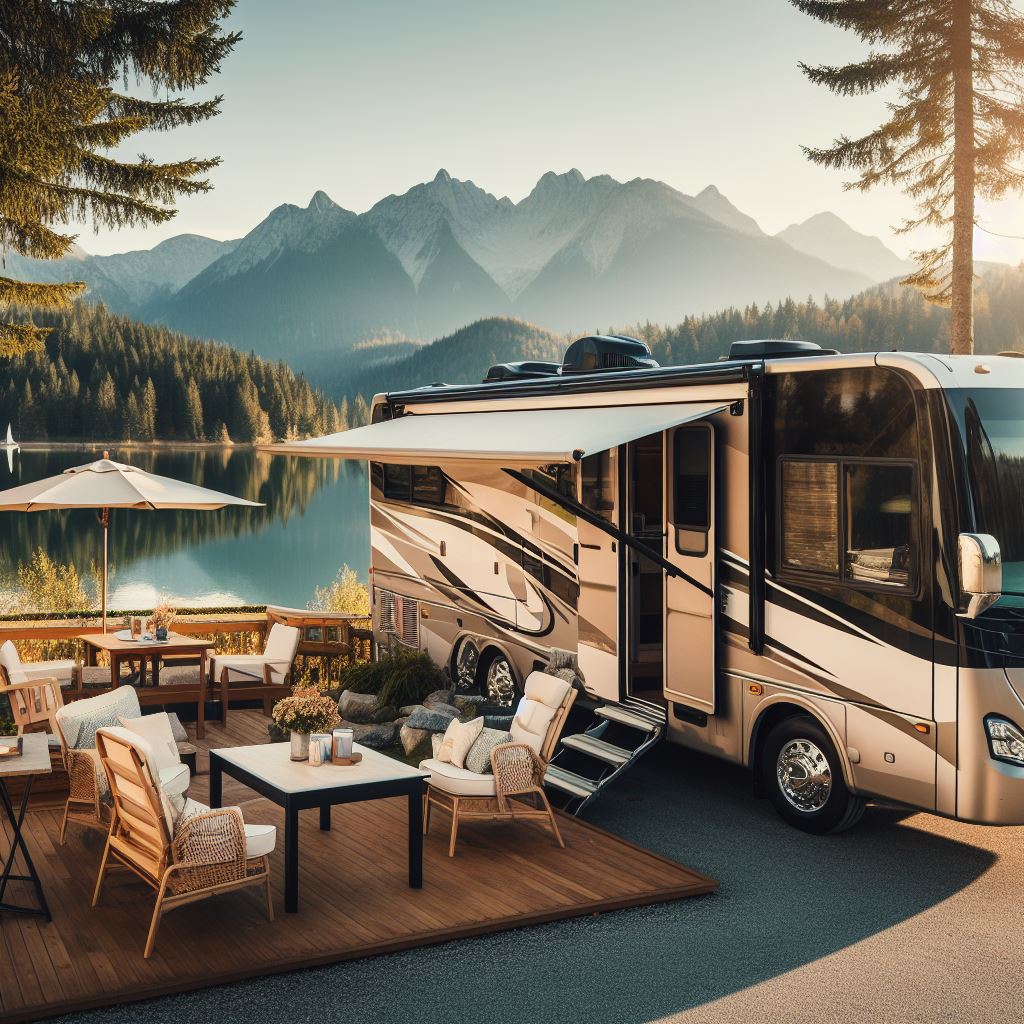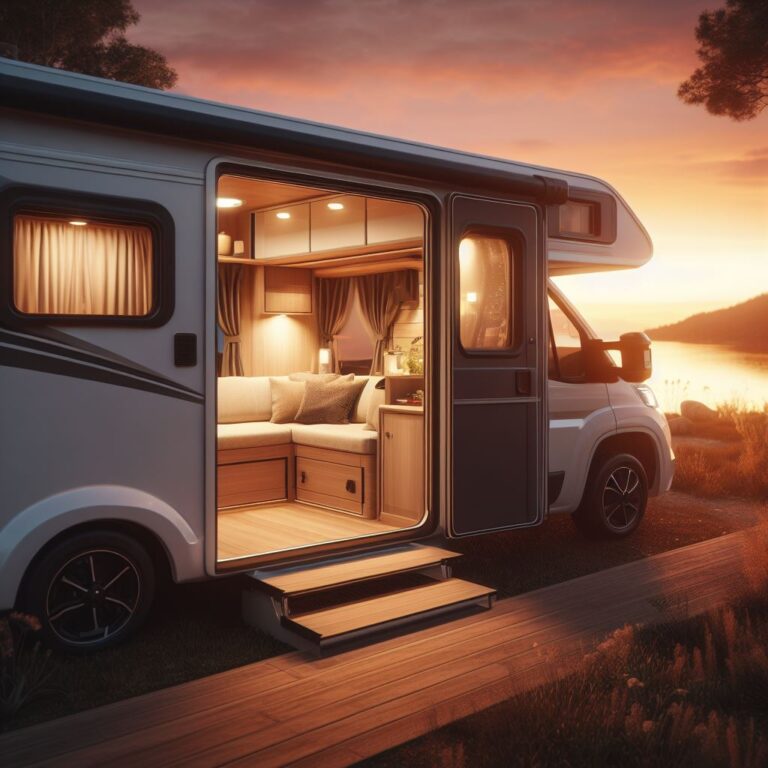Élégance VR Design Sherbrooke QC
Élégance VR Design
Élégance VR Design 6845, boul. Bourque Sherbrooke QC J1N 3K4 (819) 378-2491 http://www.elegancevr.com/
The Growing Popularity of Virtual Reality in Home Design
Virtual reality has been making waves in the home design industry, with its immersive and interactive capabilities. More and more homeowners and interior designers are turning to virtual reality as a powerful tool for envisioning and designing spaces. With virtual reality, individuals can experience a lifelike representation of their future homes, giving them a realistic understanding of the layout, color schemes, and overall ambiance. This technology allows them to experiment with different design elements, materials, and furniture arrangements, helping them to make informed decisions before any physical changes are made to the actual space.
One of the key reasons for the growing popularity of virtual reality in home design is its ability to bridge the gap between imagination and reality. In the past, homeowners had to rely on floor plans, sketches, and blueprints to visualize their dream homes. However, these two-dimensional representations often left room for interpretation and were not always able to capture the true essence of the design. Virtual reality, on the other hand, allows users to step into a virtual world where they can fully immerse themselves in the design, taking in every detail and making adjustments on the spot. This helps to eliminate any uncertainties or doubts and ensures that the final design meets the client’s expectations.
Exploring the Benefits of Using Virtual Reality for Interior Design
Virtual reality (VR) is rapidly gaining popularity in the field of interior design as more and more designers recognize its numerous benefits. One major advantage of using virtual reality is the ability to visualize the design concept in a three-dimensional, immersive environment. This allows both designers and clients to get a realistic sense of how the space will look and feel once it is completed. With the help of VR technology, designers can create virtual walkthroughs where users can explore every aspect of the design, from the choice of furniture and color scheme to the lighting and overall ambiance.
Another key benefit of using virtual reality for interior design is the opportunity for real-time collaboration and feedback. Designers can easily make changes and modifications to the design based on client preferences, and clients can provide immediate feedback on what they like or dislike about certain elements. This level of interaction and engagement ensures that both parties are on the same page throughout the design process, leading to more efficient and satisfactory outcomes. Additionally, virtual reality allows designers to easily experiment with different design options and explore various possibilities without the need for physical prototypes or costly renovations. This not only saves time and resources but also gives designers the freedom to be more creative and innovative in their approach to interior design.
How Élégance VR Design is Revolutionizing the Home Design Industry
Élégance VR Design is making waves in the home design industry with its revolutionary use of virtual reality technology. With the help of this cutting-edge tool, clients are able to immerse themselves in their future homes and make more informed decisions about their designs. Gone are the days of simply browsing through two-dimensional blueprints or imagining how a space will look. With Élégance VR Design, homeowners can now walk through their virtual homes, experience the flow of different rooms, and visualize every detail before construction even begins. This level of interaction and realism is transforming the way homes are designed and giving clients a whole new level of confidence in their choices.
One of the key advantages of Élégance VR Design’s use of virtual reality is its ability to showcase different design elements and materials. From choosing the perfect color palette to selecting the right flooring or furniture, this technology allows clients to see how different options will look and feel in their spaces. This not only saves time and money by preventing costly mistakes, but it also gives homeowners the opportunity to truly personalize their designs to suit their unique tastes and needs. With Élégance VR Design’s virtual reality technology, the home design process becomes more interactive, engaging, and customized, revolutionizing the industry and putting the power of choice in the hands of the homeowners.
A Look at the Design Process at Élégance VR Design Sherbrooke QC
At Élégance VR Design in Sherbrooke, QC, the design process for virtual reality home design projects is carefully curated to ensure exceptional results. The process begins with a thorough consultation where the client’s vision and requirements are discussed in detail. This initial stage is crucial for the design team to gain a comprehensive understanding of the client’s preferences, interior design goals, and desired functionality.
Once the consultation is completed, the design team at Élégance VR Design moves forward with creating a detailed virtual model of the space. Utilizing cutting-edge technology, they meticulously construct a digital representation of the home, incorporating all the elements discussed during the consultation. The digital model allows clients to have a realistic visualization of the final design, helping them make informed decisions about the layout, furniture placement, color schemes, and overall aesthetics. This process ensures that the final design aligns perfectly with the client’s expectations and creates a seamless transition from concept to reality.
Understanding the Role of Technology in Creating Virtual Reality Designs
With advancements in technology, virtual reality has become an integral part of the design process. It allows designers to create immersive experiences that help clients visualize their vision for their home. By using virtual reality, designers can create realistic 3D models of interiors, allowing clients to get a feel for the space and make informed decisions.
One of the key technologies used in virtual reality design is computer-aided design (CAD) software. CAD software enables designers to create detailed models of rooms, including furniture, color schemes, and lighting. These models can then be imported into virtual reality environments, where clients can explore and interact with them. Additionally, virtual reality headsets and controllers allow users to move around the virtual space, giving them a sense of scale and perspective. This technology enables designers to showcase their ideas in a more engaging and realistic manner, providing a level of detail that traditional 2D drawings cannot capture.
The Importance of Collaboration between Designers and Clients in Virtual Reality Design
Collaboration between designers and clients is a crucial aspect of virtual reality design. In this innovative field, effective communication and a deep understanding of the client’s vision are key to creating a successful design. By working closely together, designers can ensure that the final virtual reality design aligns with the client’s preferences and requirements.
Through collaboration, designers can gain valuable insights into the client’s desired aesthetic, functionality, and overall design goals. This open exchange of ideas allows for a more personalized and tailored approach to virtual reality design, resulting in designs that truly reflect the client’s vision. Additionally, constant communication and feedback throughout the design process help to address any concerns or revisions necessary, ensuring complete client satisfaction. Ultimately, collaboration between designers and clients in virtual reality design not only enhances the quality of the final design but also strengthens the overall client-designer relationship.
Tips for Choosing the Right Virtual Reality Design Service in Sherbrooke QC
When it comes to choosing the right virtual reality design service in Sherbrooke QC, there are several factors to consider. First and foremost, it is important to research and evaluate the company’s portfolio. This will give you an idea of their past projects and their ability to deliver high-quality designs. Additionally, be sure to read client testimonials and reviews to get a sense of their customer satisfaction levels.
Another crucial aspect to consider is the level of expertise and experience of the virtual reality design service. Look for a company that has a team of skilled designers who are knowledgeable in using virtual reality technology for home design. This expertise will ensure that your virtual reality experience is seamless and that your design vision is accurately translated into the virtual space.
Common Misconceptions about Virtual Reality Design and Debunking Them
Virtual reality (VR) design has gained significant traction in recent years, revolutionizing the way we approach home décor. However, with any emerging technology, there are bound to be misconceptions that arise. One common misconception about virtual reality design is that it is only suitable for large-scale projects or high-end clients. In reality, VR design can be tailored to any budget and scale, making it accessible to homeowners and designers of all backgrounds. By using virtual reality, even the smallest of spaces can be transformed into immersive and visually striking environments, bringing designs to life in a way that traditional presentations cannot.
Another widely believed misconception is that virtual reality design eliminates the need for real-world materials and tangible samples. On the contrary, VR technology supplements the design process by providing a realistic and immersive visual representation. While virtual materials and textures can be examined through the VR headset, the physical properties of real-world materials cannot be replicated entirely. The ability to physically touch and feel different materials remains crucial in the decision-making process, ensuring that the final design reflects the sensory experience of the space. Virtual reality design should be viewed as a complementary tool that enhances and streamlines the process, rather than a replacement for traditional methods.
The Impact of Virtual Reality Design on the Real Estate Market
Virtual reality design has made a significant impact on the real estate market in recent years. By allowing potential buyers to virtually tour properties from the comfort of their own homes, virtual reality has revolutionized the way real estate agents showcase properties. This technology provides a realistic and immersive experience that traditional photographs and videos simply cannot match.
One of the main advantages of virtual reality design in the real estate market is its ability to save time and effort for both buyers and sellers. Instead of physically visiting multiple properties, buyers can narrow down their options by virtually exploring homes online. This not only streamlines the buying process but also reduces the inconvenience of multiple visits. For sellers, virtual reality design helps attract serious buyers who are genuinely interested in the property, as they can get a comprehensive view of the property before scheduling an in-person showing. Overall, the impact of virtual reality design on the real estate market is undeniable, offering a new level of convenience and efficiency for both buyers and sellers alike.
Future Trends and Innovations in Virtual Reality Design for Home Décor
The future of virtual reality design for home décor holds exciting possibilities. As technology continues to advance, we can expect to see more innovative features that will enhance the design process and create stunning virtual environments. One trend we can anticipate is the integration of artificial intelligence into virtual reality design. AI algorithms can analyze the preferences and style choices of homeowners to create personalized virtual spaces that perfectly match their vision. This will not only save time and effort for both designers and clients but also ensure a higher level of satisfaction with the final result.
Another trend that is likely to emerge is the incorporation of virtual reality design into online shopping experiences. With the increasing popularity of e-commerce, it is essential for retailers to provide a seamless and immersive shopping experience to their customers. Virtual reality design can allow users to visualize how various home décor products will look in their living spaces, making online shopping more interactive and personalized. This trend will not only benefit consumers by providing a more informed purchasing decision but also allow retailers to showcase their products in a more captivating and engaging way.
The future of virtual reality design for home décor is indeed promising. With advancements in technology and the ability to create hyper-realistic virtual environments, designers and consumers alike will have more tools at their disposal to bring their vision to life. As these trends continue to evolve, it’ll be fascinating to witness the impact they will have on the home design industry and the way we create and experience our living spaces.
- How To Choose TIPHOPE RV Accessories - February 10, 2024
- How To Choose Joinfworld RV Accessories - February 10, 2024
- How To Choose Conntek RV Accessories - February 9, 2024







